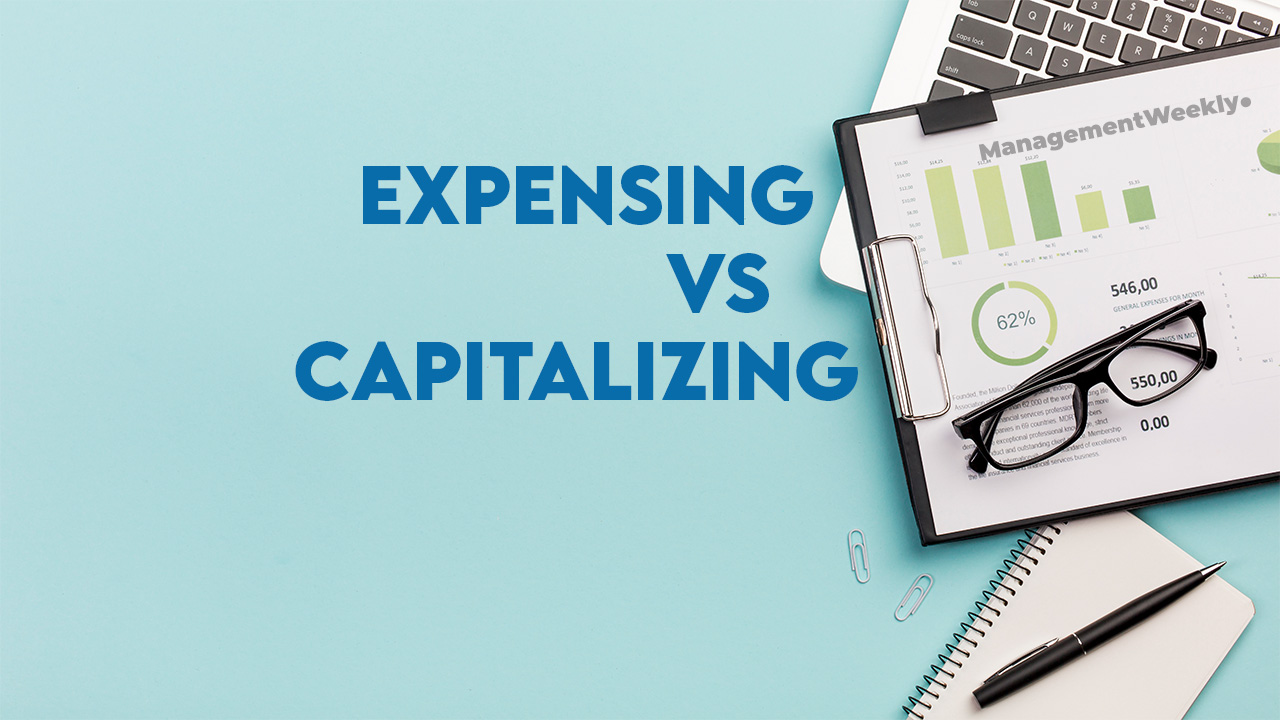Expensing vs capitalizing is one of the key financial decisions for a firm. Whenever we spend money, it can either be shown as an expense or towards the capital. Nevertheless, there are some basic guiding rules that can help us understand why and how one should be selected over another.
What is an expense?
An expense is a cost of running any business. We have to shell out some money to run the operations of the firm. Expenses are like inputs to the business which in turn helps us run the operations. Finally, business operations provide us with a stream of revenue. However, not all expenses are operating expenses. Some expenses that do not directly contribute to running the business are also incurred. These are called non-operating expenses.
Some common expenses:
- Cost of raw materials
- Cost of other supplies
- Salary of staff
- Depreciation
- License fees
Benefit of expenses:
Although, expenses may seem evil. They are also tools to maneuver financial management. Here are some of the benefits of expenses:
- Some expenses are tax deductible. This means that from the taxable income, we can deduct these expenses. Therefore, our taxable income becomes lesser.
- Typically, easier to manage than capitalization.
There are two ways to record the expenses:
- Cash basis
- Accrual basis
The cash basis is a simpler method. Here, we record the expenses as and when they occur. On the other hand, the accrued expenses are recorded when billed. For example, let us consider your firm purchased a three-year subscription of Adobe software suite billed annually at $600. This means that the monthly subscription cost is $50. If you expense it out monthly then you will have an expense of $50 every month on your income statement. On the other hand, if you put it down as a one-time cost of $600 then you are using the accrual cost basis.
What is capitalization?
The capitalization method is essentially recording the cost as the value of the asset. For example, if you spend $40000 to repair a machine, it can be recorded not as an expense but as a restoration cost. If the original cost of the machine was $200,000 then the balance sheet will record it as $240,000.
This cost expensed through the life of the asset. Typically, the smaller purchases like office stationaries may be recorded as an expense while the purchase of expensive machines may be recorded as capitalization. These large assets are also called fixed assets. However, we need to match the cost to the accounting period. Therefore, we amortize the asset over a period of time. For example, our expense of $40000 extends the useful life of our machine by 5 years. Therefore, we can amortize it as $8000 every year.
The RAB thumb rule
One of the thumb rules for capitalization is RAB. The cost incured in the following may be considered as capitalization:
- Restoration costs
- Adaptation costs
- Betterment costs
Benefit of capitalization
Capitalization has a direct impact on the balance sheet. However, it also has an indirect impact on the income statement. When we capitalize on it, it helps us in reducing the variability in the income statement. One of the reasons for the same is that expenses are less predictable than capital costs. Consequently, there could be a year on year difference in the expenses. When it is capitalized, it projects a more steady income. This helps in signaling investors and may enhance confidence.
Difference between expensing vs capitalizing

It may appear from the discussion, that any cost can be easily manipulated as an expense or capitalization. However, that is far from the truth. In fact, we need to work withing certain several frameworks regarding expensing vs capitalizing. Firstly, and most importantly, firms in each country have to follow the national accounting standards. For instance, accounting standards mandates leases longer than certain periods be recorded as assets. Secondly, the governance guidelines of a firm also dictate these terms. A firm may set that any expense higher than $20000 is considered as capitalization. Thirdly, it is also dependent on geography/industry-specific practices.
Expenses can help maintain the balance sheet as it appears in the income statement. The same expense can be also capitalized and therefore would be shown in the balance sheet. However, accounting honesty is critical for the going concern of a firm. Ethical businesses that are transparent have higher returns.
| Expensing | Capitalizing |
|---|---|
| The incurred cost appears in the balance sheet | The incurred cost appears in the income statement |
| The cost is recorded as an asset | The cost is recorded as expenditure |
| Results in lower income and lower taxes | Results in higher income and hence higher taxes |
| Cost is accounted for in the same period | Cost is spread over longer term |
| Any expenditure can be recorded as the expense. | Only those expenses that have future economic value should be recorded |
| Relatively lesser effect on the equity (small increase due to increase in net income increases the value of stocks) | Relatively higher effect on the equity (increase) |
| Brings down ROA and ROE for the accounting period. | Brings down ROA and ROE for subsequent year after the accounting period. |
| Increases the asset turnover | Lowers the asset turnover |
| Increases the Debt to Equity ratio or D/E | Decreases the D/E |
